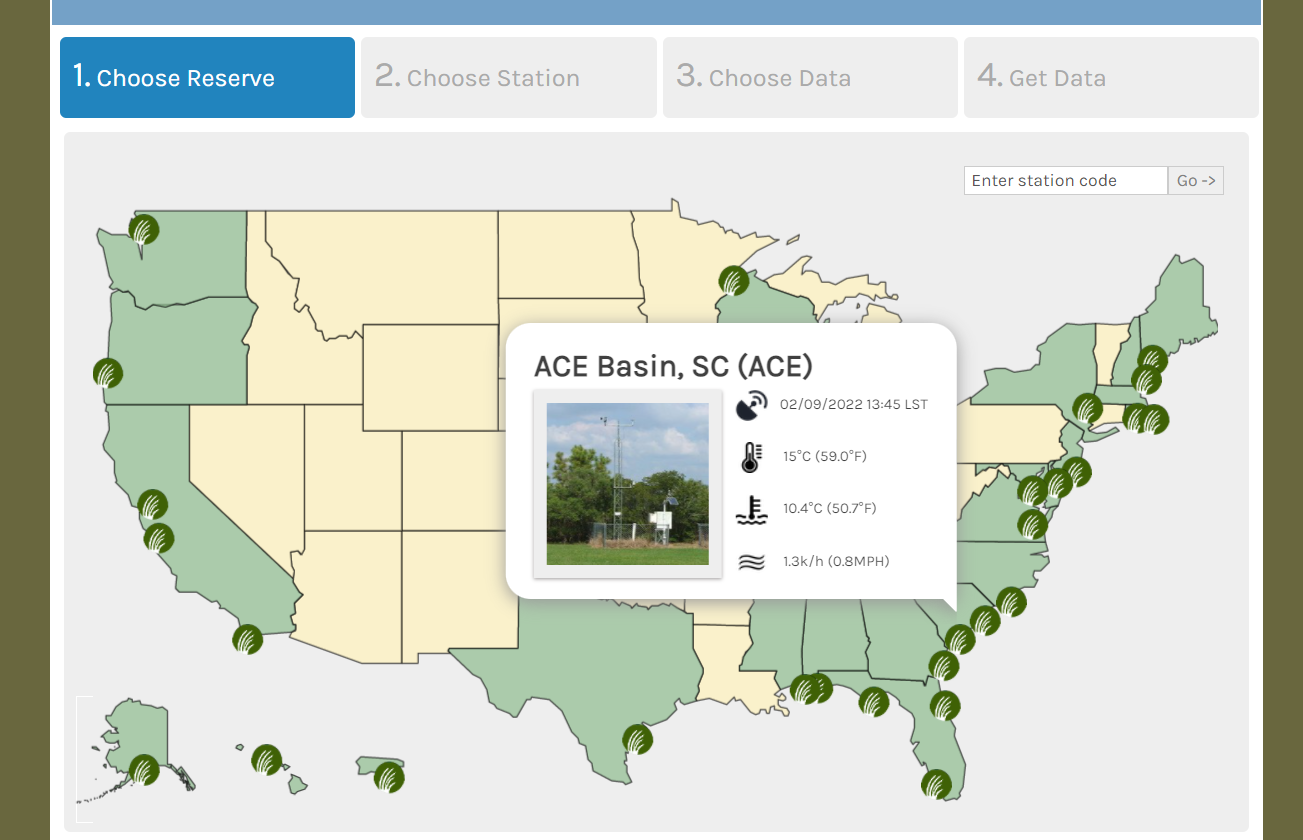Education Resources
Posters and Printed Materials

Access these digital copies or reach out to MarineEducation@dnr.sc.gov for printed materials.
SERTC Posters and Lessons: Marine science posters and lesson plans designed to teach taxonomy of South Carolina's marine species.
Sea Sciences: A series of educational publications on a variety of marine species and related topics.
ACE Basin Activity Book: Fun activity pages to encourage young students to discover coastal South Carolina.
South Carolina Beachcomber's Guide: A Guide to the Common Invertebrates, Plants and Natural Artifacts of the South Carolina Seashore
Salt Marsh Field Guide: A Guide to the Salt Marshes and Tidal Creeks of the Southeastern United States
Lesson Plans: Fun with Data

Bring real data into the classroom with these lessons.
Fisheries Genetics Mysteries: Learn how biologists use genetic samples to determine presence of species, genetic diversity, and species abundance, and the effectiveness of protection activities.
Sea Level Rise and Marsh Migration: Explore how sea level rise affects animals and their habitats in our coastal regions.
Dolphin Diet Study: How do we find out what dolphins eat? Learn how scientists study dolphin diets and how they connect to the estuary food web.
Survival in an Estuary: Use real time water quality data to learn about which animals live in an estuary and tolerate this dynamic environment.
Stay up to date with SCDNR

ACE Basin Intro Video: What is the ACE Basin and why do we protect it? Watch this video to find out!
SC Natural Resources YouTube Channel: Watch videos about current research throughout the whole agency; including Biologist Spotlights and Staff Field Notes.
SCDNR Blog: The official blog of the South Carolina Department of Natural Resources.
Coastal Conservation Career Toolkit: Discover a range of conservation careers as well as resources to help you find your own path to success.
More Lessons and Resources
Salt Marsh Lessons, Activities, and Resources - S.C. Sea Grant Consortium
NERRs Estuary Education: Find lessons from all the reserves and tools to bring research to your classroom.
National Estuarine Research Reserve System’s System-Wide Monitoring Program (SWMP): Access live water quality data from sites across the country.
NOAA Data Mysteries: Use SWMP data to solve real life research mysteries in the estuary.
NOAA Data in the Classroom: Leveled online modules using real-world data for middle and high school students.
SCDNR Public Lands Page: Find SCDNR property-specific rules, regulations, and FAQs.
SCDNR Species Reporting Page: Report species of interest you may encounter in the field—everything from rare plants to invasive species.
SC Heritage Trust Website: Learn about Heritage Trust properties and how researchers study and preserve the past.
